New York City Then

20 years ago, New York City was marked by a post-9/11 atmosphere of resilience and recovery. The city experienced significant economic growth, driven by the financial sector and real estate development, with areas like Lower Manhattan undergoing reconstruction.
Crime rates continued to decline, following the trend set in the 1990s, contributing to a safer urban environment. The cultural scene thrived, with Broadway and the arts flourishing. However, the city faced challenges, including rising living costs, which began displacing long-time residents in certain neighborhoods.
New York City Today
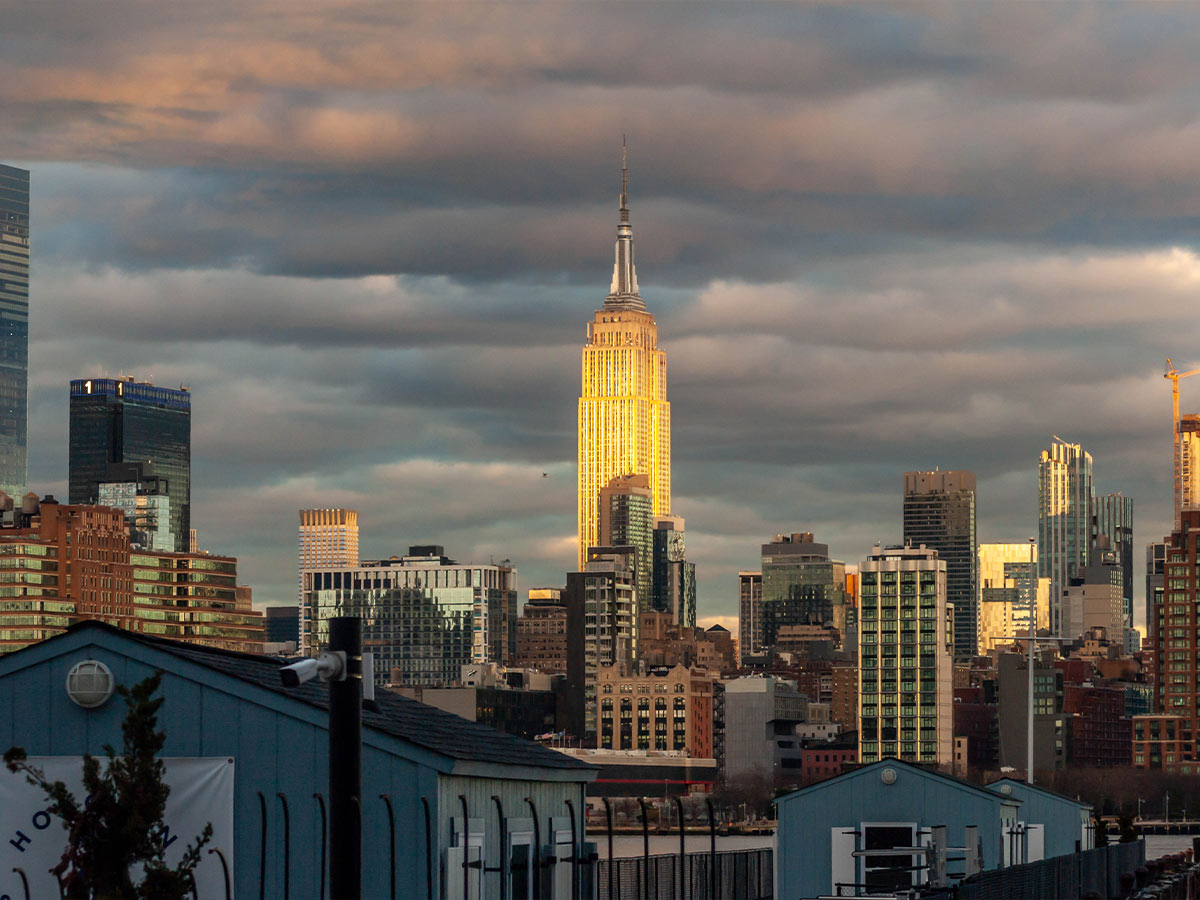
Over the past 20 years, New York City has seen significant demographic and economic shifts. Technology and finance sectors have driven growth, making the city a global hub for startups and innovation. Gentrification has transformed many neighborhoods, leading to increased property values and displacing lower-income residents.
The population has become more diverse, with an influx of immigrants and young professionals. Infrastructure improvements, including expanded public transit and green spaces, have reshaped urban life. However, the city faces challenges related to affordability, particularly in housing, as the cost of living continues to rise.
Los Angeles Then
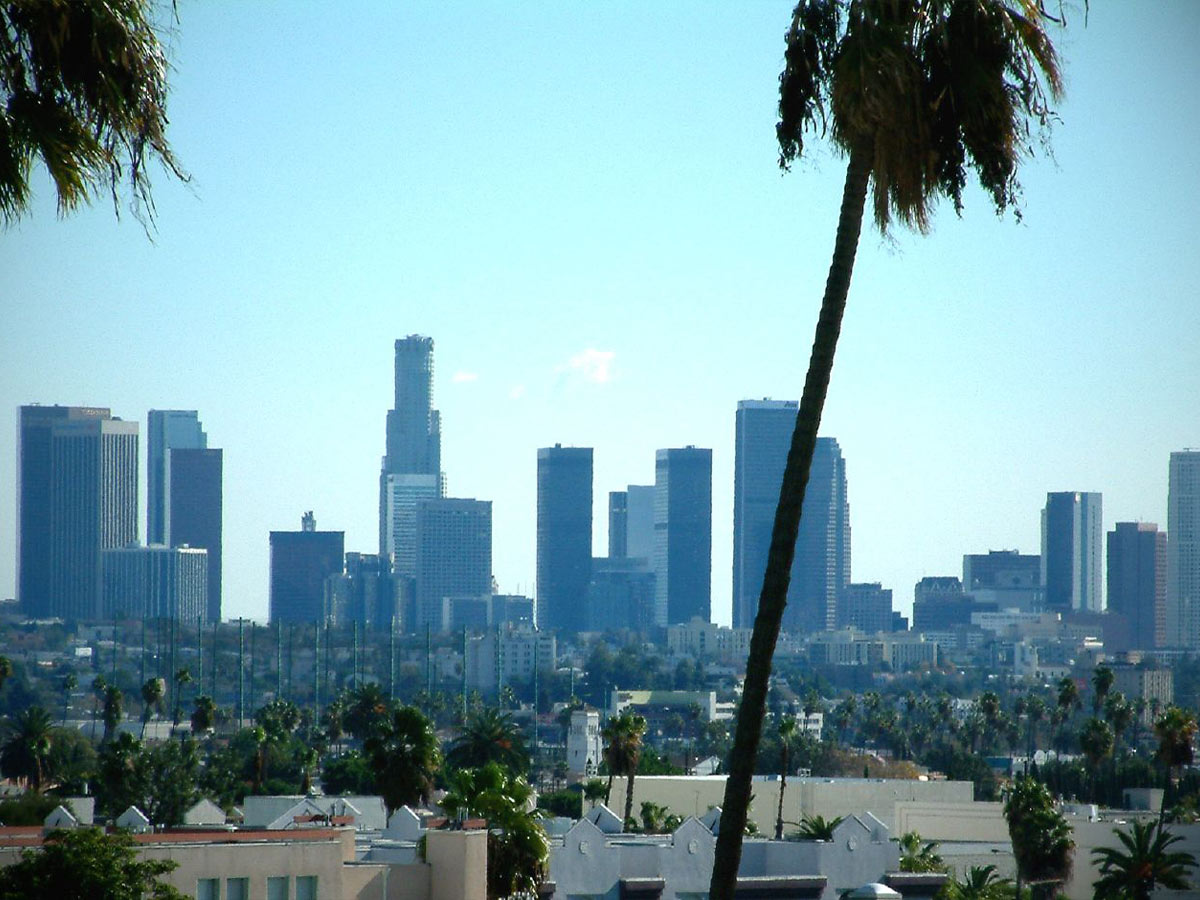
Twenty years ago, Los Angeles had a population of approximately 3.7 million. The economy was bolstered by key industries such as entertainment, aerospace, and international trade. The Port of Los Angeles handled nearly 162 million metric tons of cargo annually, making it one of the busiest ports in the world.
Los Angeles International Airport (LAX) served roughly 61 million passengers that year. The tech industry began gaining traction in areas like Silicon Beach. Notable events included the 2004 Democratic National Convention hosted in the city. Traffic congestion and housing affordability remained significant challenges for residents.
Los Angeles Now
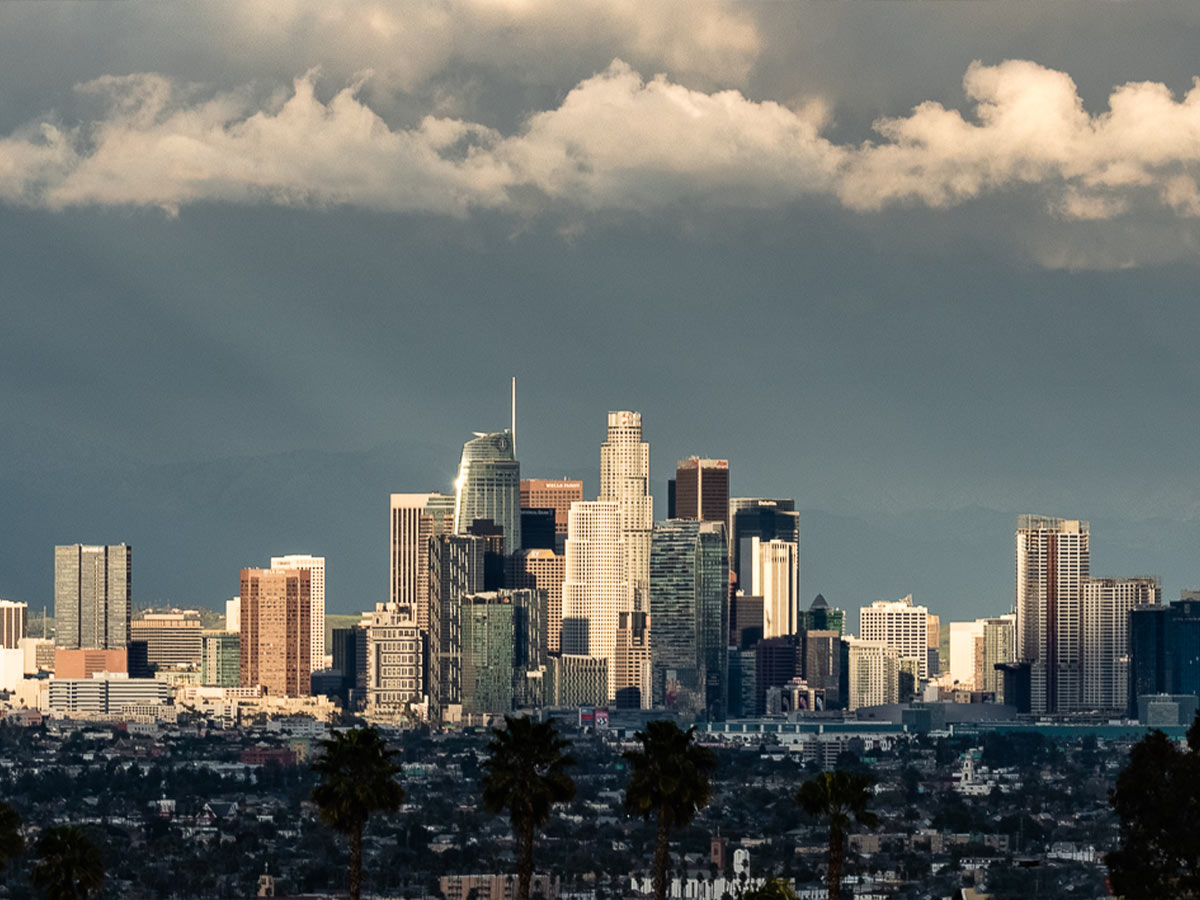
In 2024, Los Angeles has a population of approximately 4 million. The economy is driven by key industries such as entertainment, aerospace, technology, and international trade.
The tech industry continues to expand, particularly in Silicon Beach. Notable events include the preparation for the 2028 Summer Olympics. Traffic congestion and housing affordability remain pressing issues for the city.
Chicago Then

In 2004, Chicago was experiencing steady economic growth, driven by its diversified economy, particularly in finance, manufacturing, and transportation. The city’s population was around 2.9 million, with ongoing efforts to revitalize neighborhoods through initiatives like the Chicago Housing Authority’s Plan for Transformation.
Millennium Park opened, becoming a major cultural attraction. Crime rates, though still a concern, had decreased from the 1990s peak. Mayor Richard M. Daley was in his fifth term, focusing on urban development and public school reforms. The city's infrastructure was improving, with significant investments in public transit and downtown revitalization.
Chicago Today
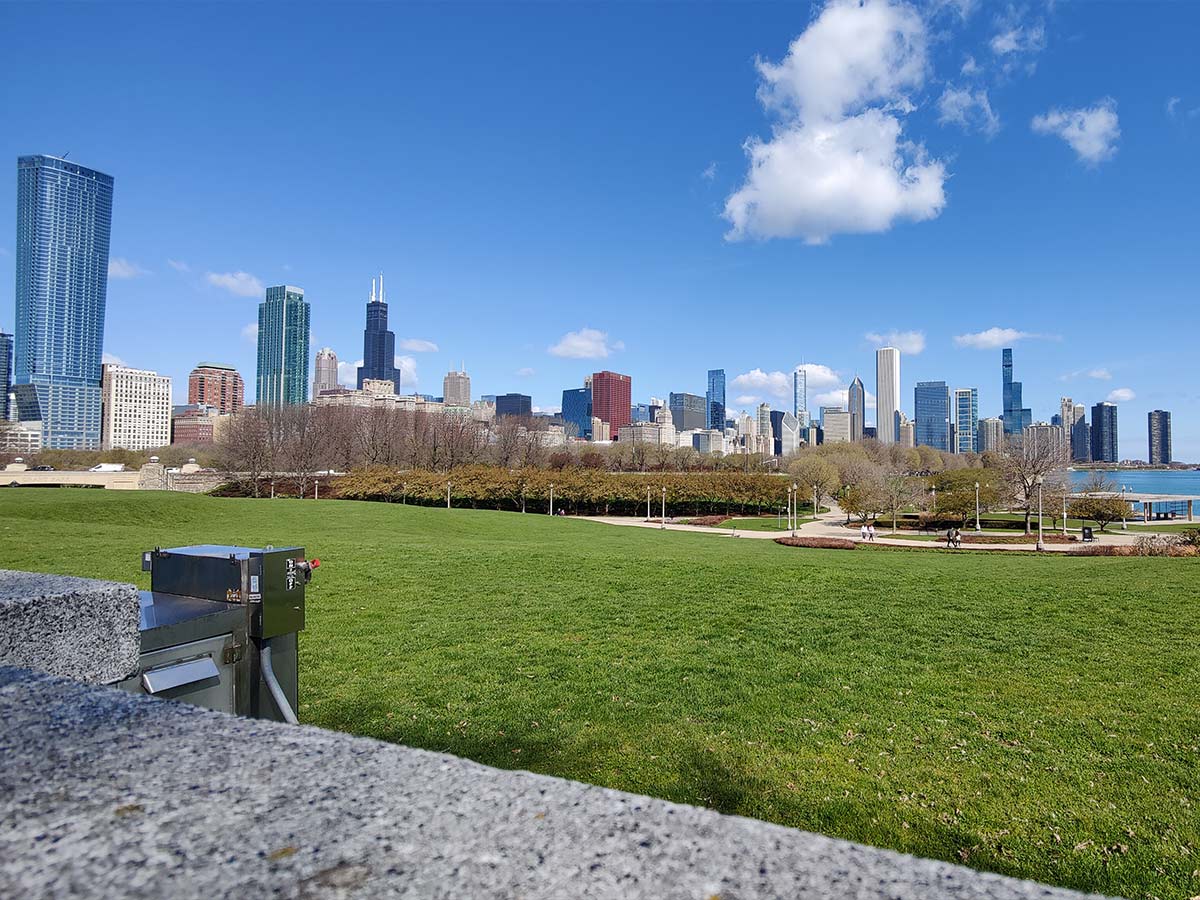
Today, Chicago remains an economic powerhouse, with a population of approximately 2.7 million. The city is a major center for finance, technology, and healthcare. Recent years have seen significant investment in infrastructure, including the modernization of O'Hare Airport and expansion of public transit.
However, Chicago continues to grapple with challenges related to crime and public safety, particularly in certain neighborhoods. The city is also addressing issues of economic disparity and affordable housing. Despite these challenges, Chicago remains a hub for culture and education, with ongoing development in areas like the West Loop and the South Side.
Houston Then

In 2004, Houston was experiencing rapid growth, with a population nearing 2 million. The city’s economy was heavily driven by the energy sector, particularly oil and gas, making it a global energy hub. The Texas Medical Center was expanding, further solidifying Houston's role in healthcare and research.
Hurricane Ivan in September 2004 narrowly missed Houston but highlighted the city’s vulnerability to natural disasters. Mayor Bill White, elected in 2003, focused on improving city services and infrastructure. The city was also dealing with challenges related to traffic congestion and urban sprawl as it continued to expand outward.
Houston Today
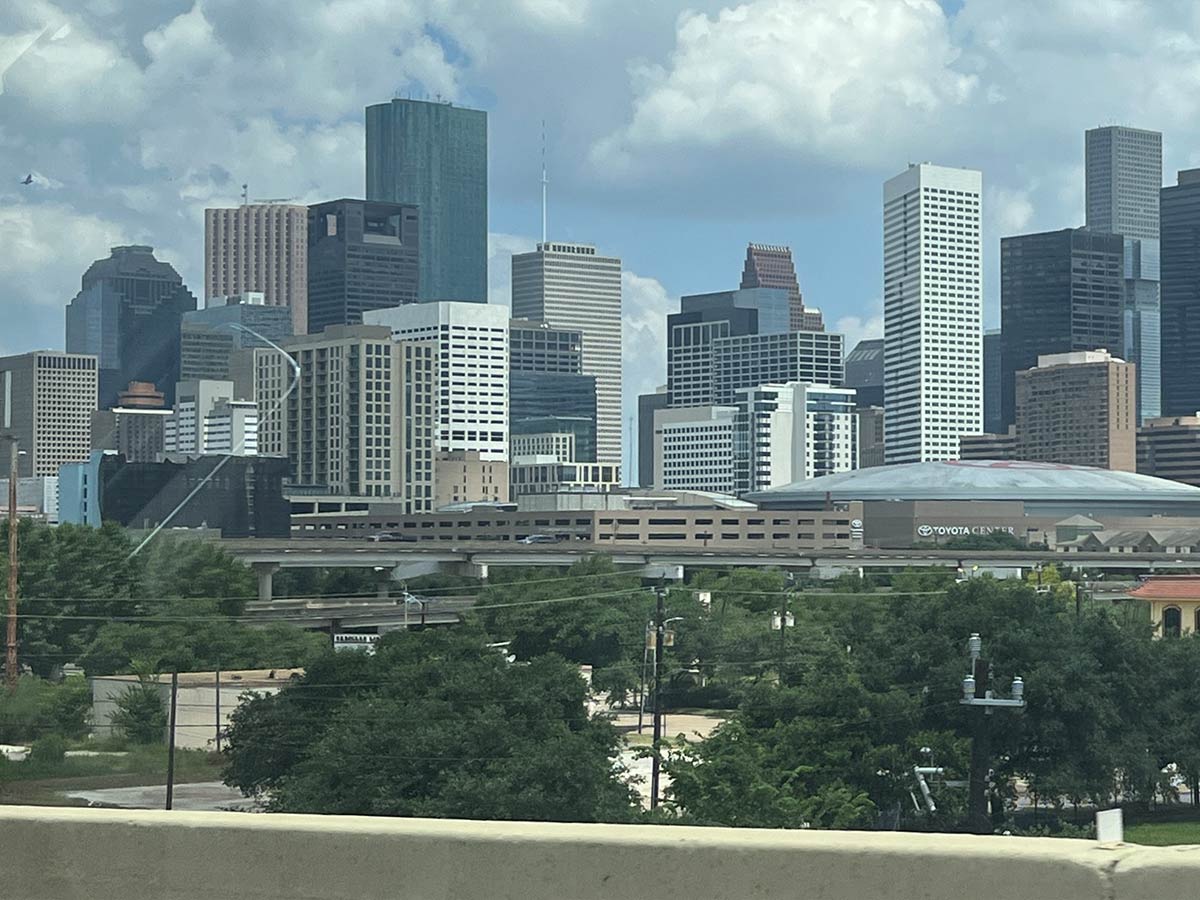
Since then, Houston has grown to over 2.3 million residents, reflecting its continued expansion as a major U.S. city. The economy remains diverse, with energy still central but with significant growth in technology, healthcare, and aerospace. The Texas Medical Center has become the largest medical complex globally.
The city has invested in infrastructure to address issues like flooding, highlighted by Hurricane Harvey in 2017. Urban development has increased, with more high-density housing and public transit options. However, Houston faces ongoing challenges related to climate resilience, traffic congestion, and managing the demands of its rapidly growing and increasingly diverse population.
Philadelphia Then
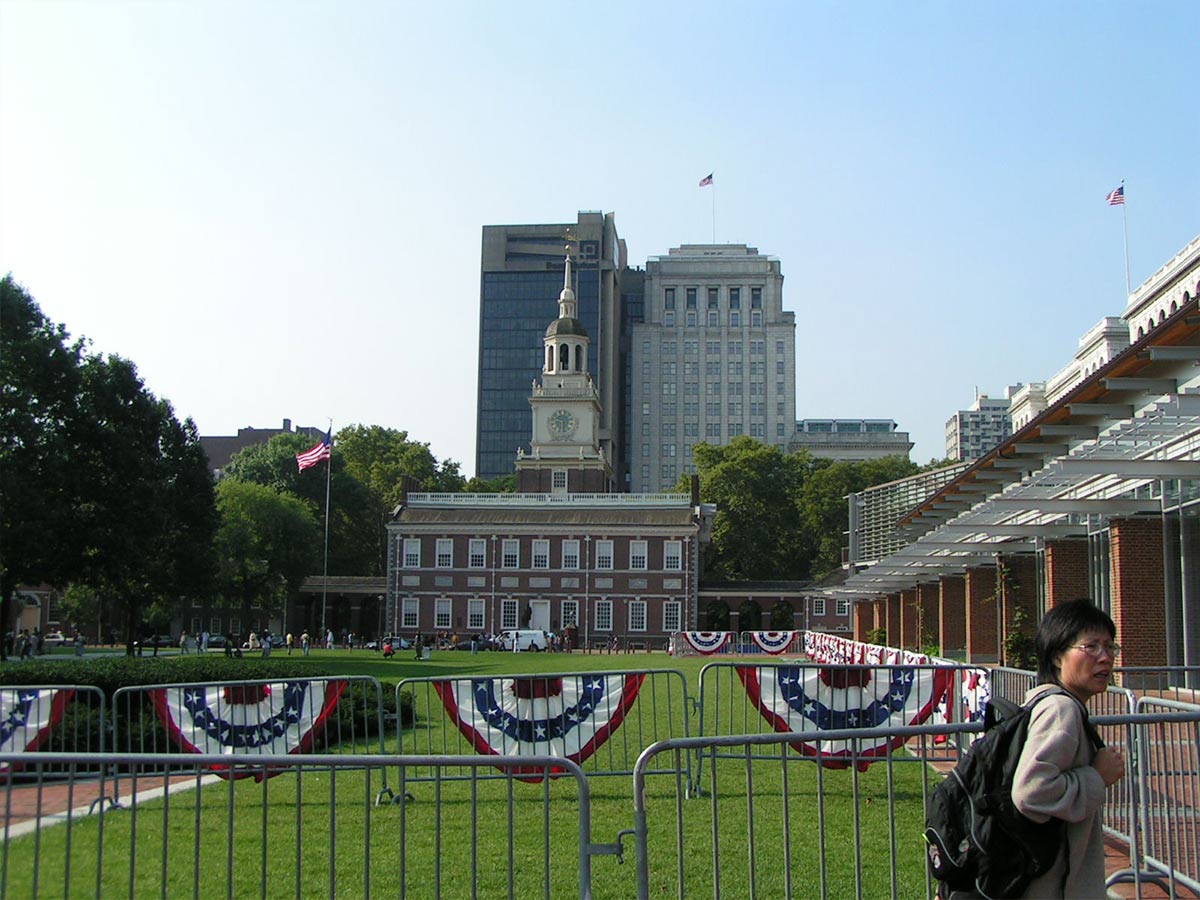
In 2004, Philadelphia was in a period of economic transition, grappling with the decline of traditional manufacturing and industrial sectors. The city's population had stabilized at around 1.5 million after decades of decline.
Mayor John Street was in office, focusing on neighborhood revitalization and public safety, with mixed success. The city faced challenges related to crime, with a homicide rate that remained high. Efforts to improve public health were underway, addressing issues like obesity and smoking.
Philadelphia Today
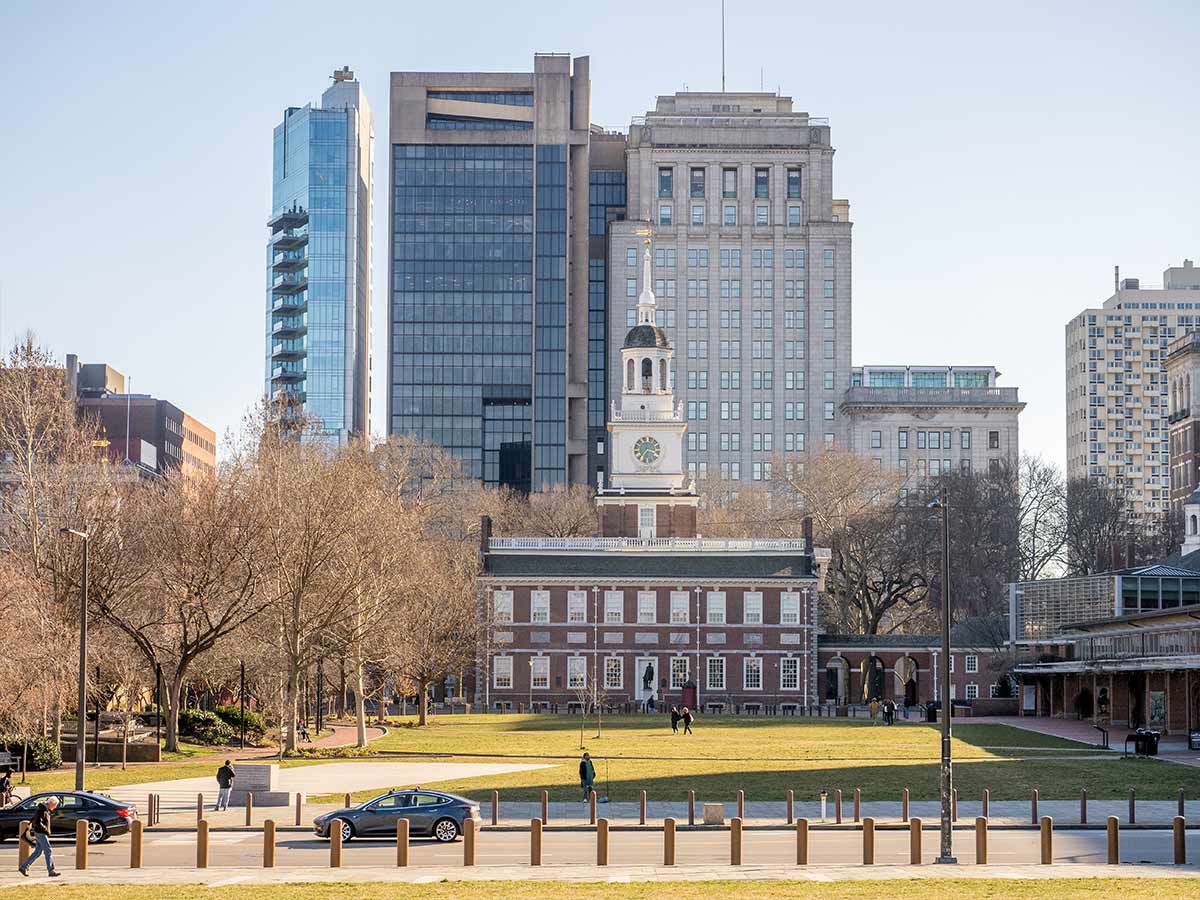
Over the past 20 years, Philadelphia has seen significant revitalization and population growth, now nearing 1.6 million residents. The economy has diversified, with growth in education, healthcare, and technology sectors, supported by institutions like the University of Pennsylvania. Neighborhoods have gentrified, particularly in Center City and surrounding areas, driving up property values and changing demographics.
Public health initiatives have reduced smoking rates and improved access to healthcare. However, the city continues to face challenges with poverty and gun violence. Investments in public spaces and infrastructure have enhanced urban living, while the cultural and arts scene remains vibrant and influential.
San Antonio Then
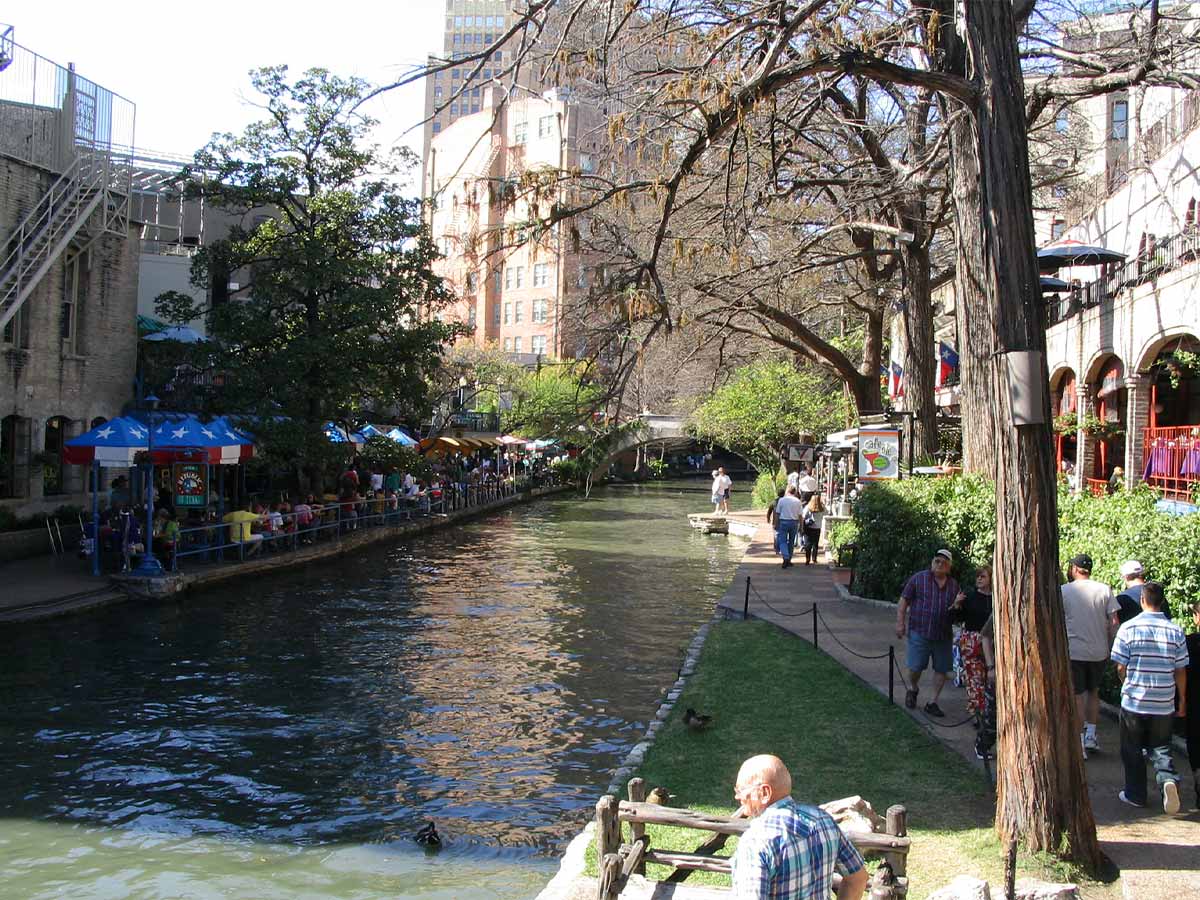
In 2004, San Antonio was a city in transition, with a growing population nearing 1.2 million. The city's economy was largely supported by military bases, healthcare, and a thriving tourism industry centered around the Alamo and River Walk.
Mayor Ed Garza emphasized urban development and infrastructure, including highway expansions to manage suburban growth. The city's general health was marked by efforts to modernize while preserving its rich cultural heritage. Noteworthy events included the construction of the AT&T Center and the expansion of UTSA, both of which contributed to the city’s rising regional influence and economic diversification.
San Antonio Today
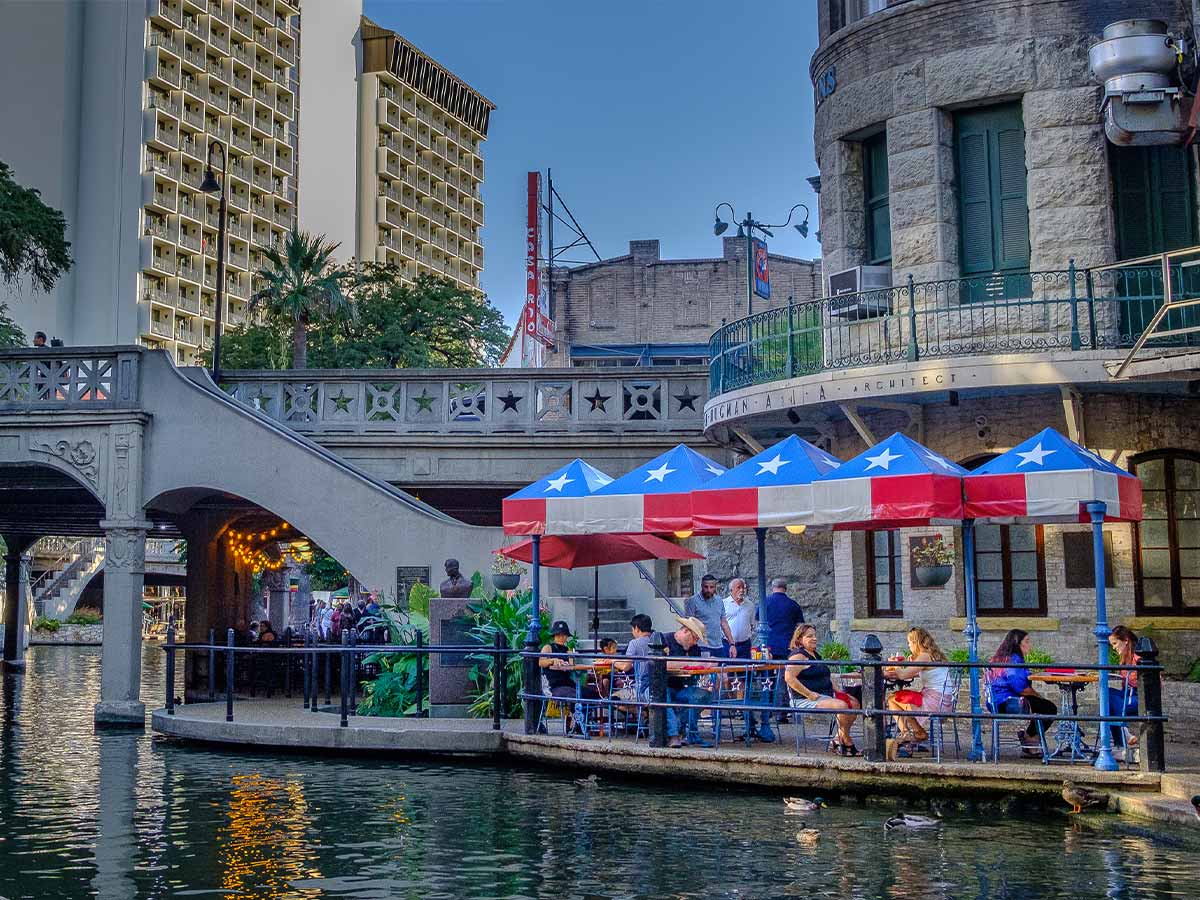
Over the past 20 years, San Antonio has grown to over 1.5 million residents, making it one of the fastest-growing cities in the U.S. The economy has diversified, with significant growth in sectors like cybersecurity, healthcare, and biosciences, while tourism remains strong.
The city's infrastructure has expanded, including improvements to public transit and the development of new urban areas. San Antonio's cultural scene has flourished, with a focus on preserving its unique heritage amid modernization. Challenges include managing rapid growth, addressing income inequality, and maintaining affordability.
Dallas Then
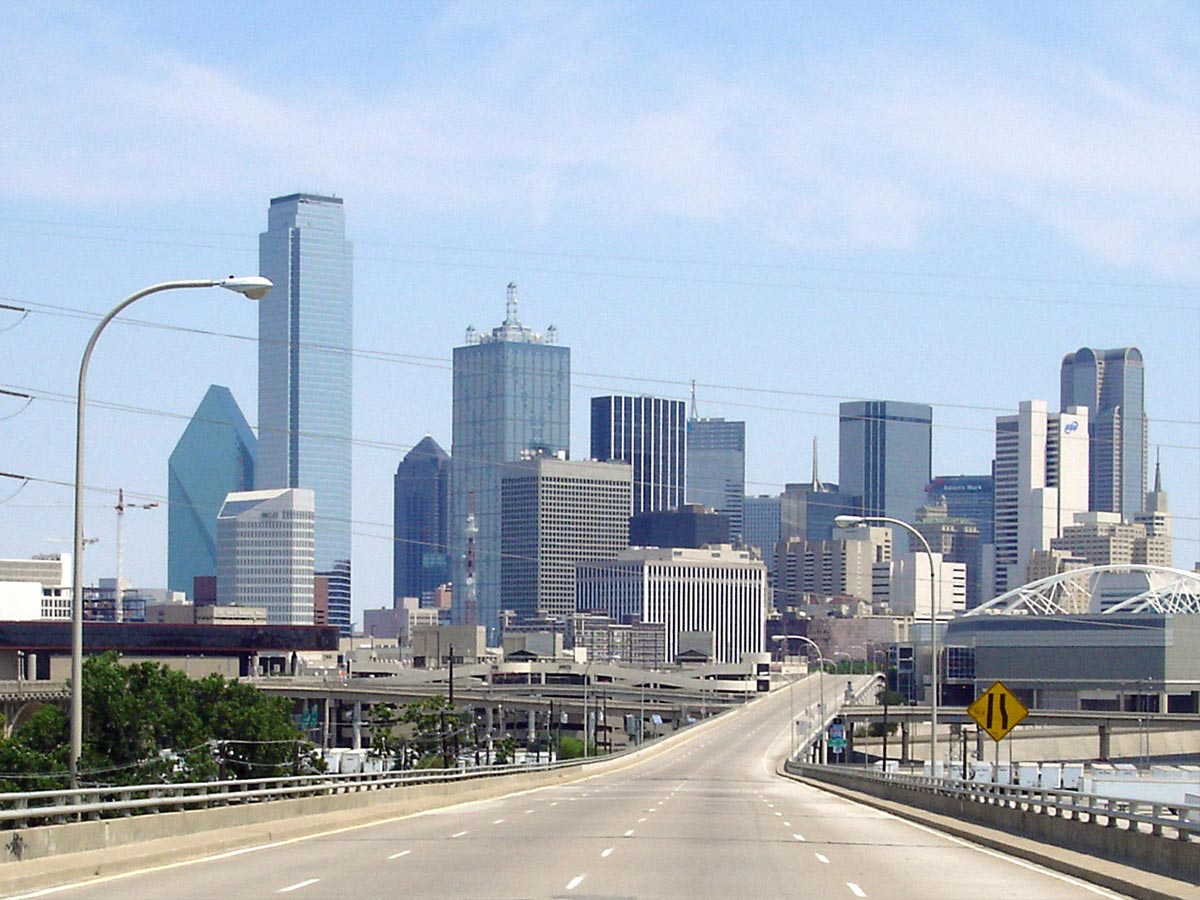
In 2004, Dallas was a city experiencing robust economic growth, driven by its strong finance, telecommunications, and technology sectors. The population was around 1.2 million, with the Dallas-Fort Worth metroplex rapidly expanding. Mayor Laura Miller focused on urban development and infrastructure improvements, including efforts to revitalize downtown.
The city faced challenges with urban sprawl, traffic congestion, and environmental issues related to air quality. Culturally, Dallas was solidifying its reputation with the expansion of the Arts District and new sports venues, like the American Airlines Center. The city's general health was marked by growth, but also by increasing disparities in wealth and development.
Dallas Today
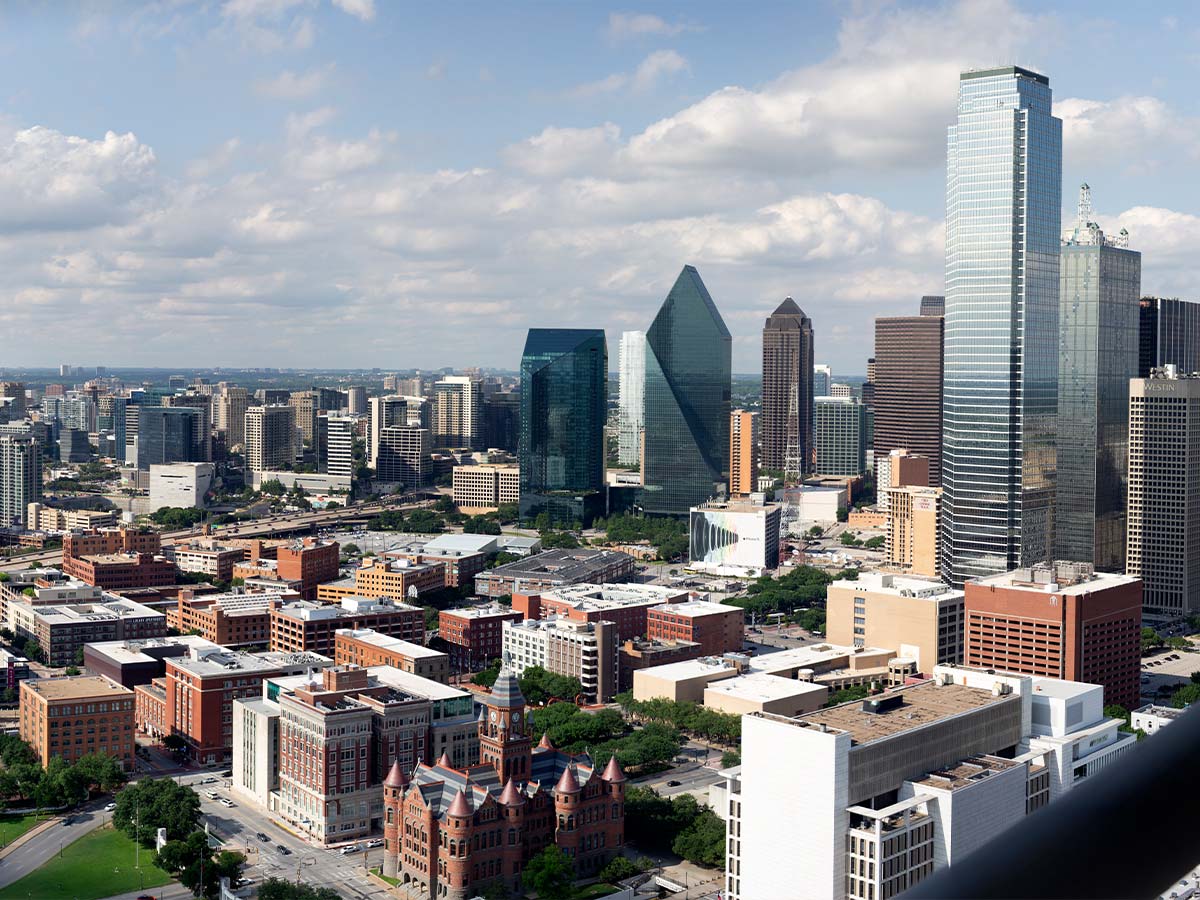
Today, Dallas has grown to over 1.3 million residents, continuing its trajectory as an economic powerhouse within the Dallas-Fort Worth metroplex. The city's economy has further diversified, with significant growth in tech, finance, and healthcare sectors.
Downtown Dallas has undergone extensive revitalization, with new parks, residential developments, and cultural institutions enhancing urban life. Infrastructure improvements have focused on expanding public transit and addressing traffic congestion. However, the city faces challenges with affordability, housing availability, and rising income inequality.
San Francisco Then
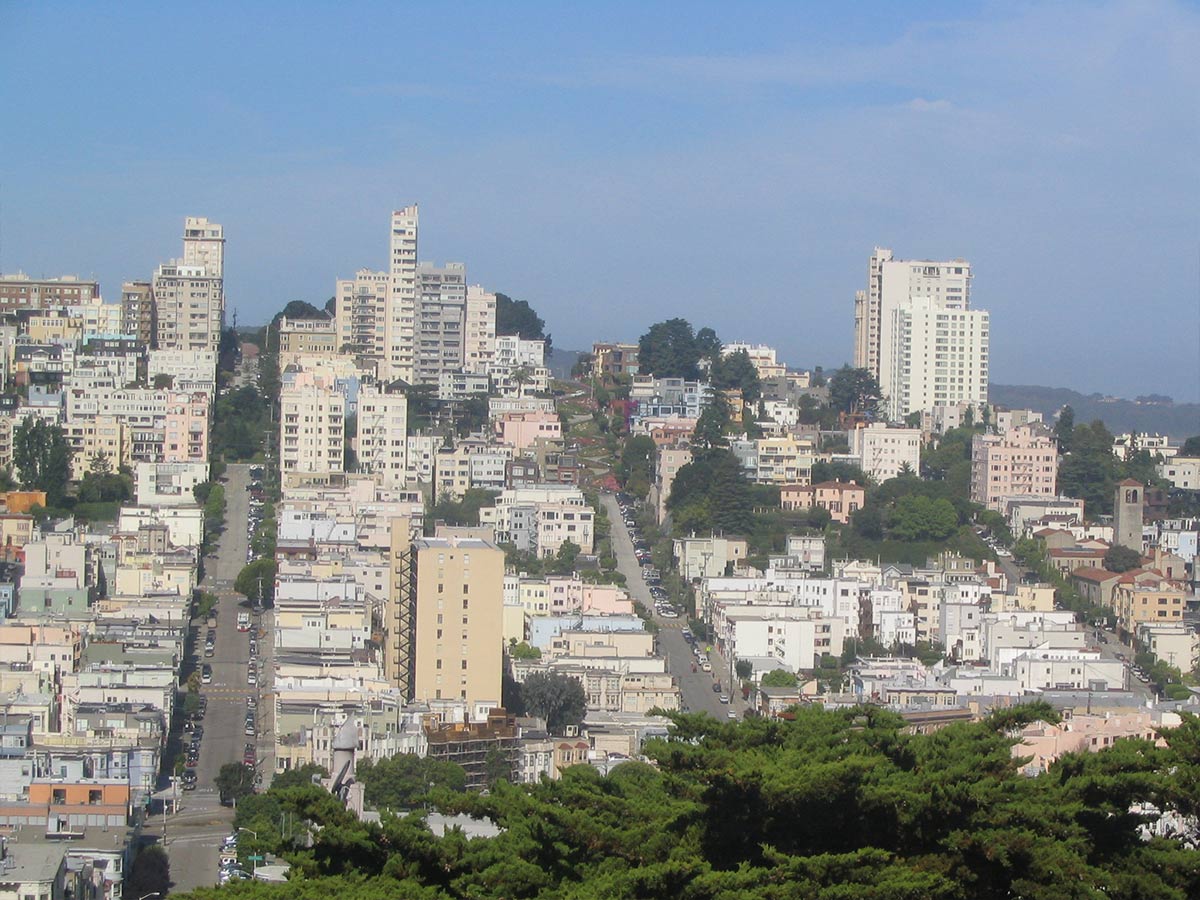
In 2004, San Francisco was navigating the aftermath of the dot-com bust, which had left the city with vacant office spaces and a fluctuating job market. Yet, the city's tech industry was beginning to show signs of recovery, laying the groundwork for future growth.
The cultural and social fabric of San Francisco remained vibrant, with its reputation as a hub for progressive values and artistic innovation intact. Housing prices, already high, were becoming a central issue as demand outpaced supply. The city grappled with the tension between preserving its unique character and adapting to the rapid changes driven by technology and development.
San Francisco Today
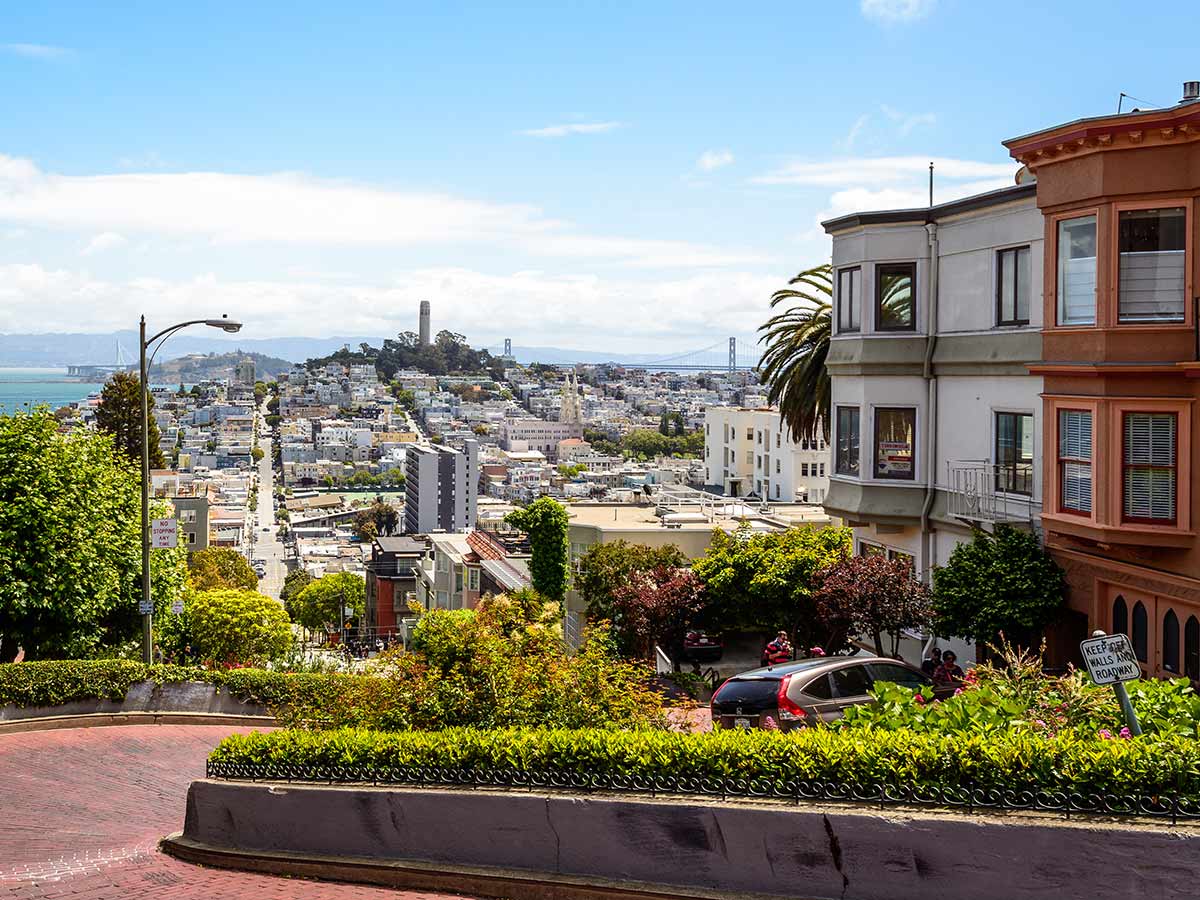
Over the past 20 years, San Francisco has transformed into a global tech hub, with the rise of companies like Twitter and Uber reshaping the city’s identity. The influx of tech workers has fueled economic growth but also intensified housing shortages, driving up prices and contributing to displacement and gentrification.
The city’s cultural landscape has evolved, with new art spaces and public initiatives, though some argue the tech boom has eroded its bohemian spirit. Infrastructure challenges, such as homelessness and public transportation, have become more pronounced. Despite these issues, San Francisco remains a center of innovation and cultural influence.
Boston Then
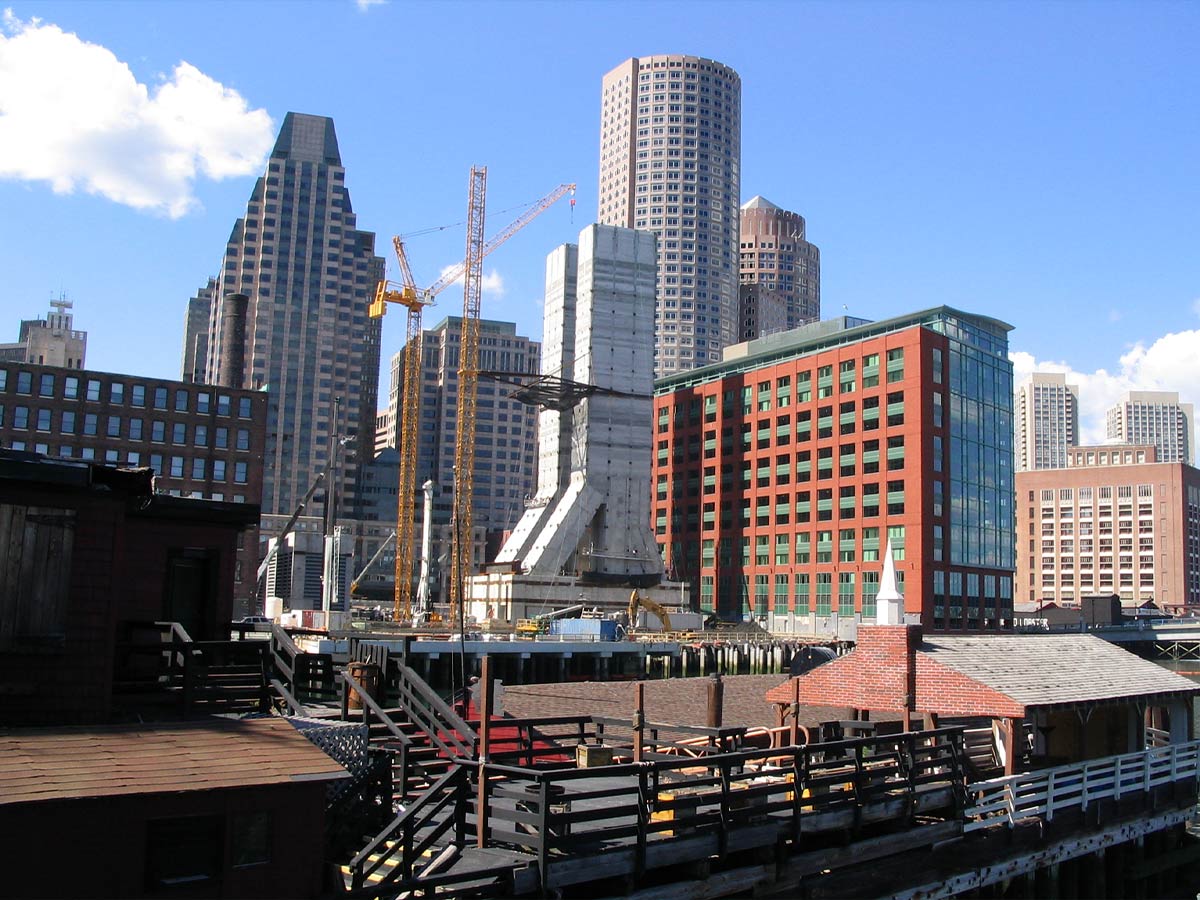
In 2004, Boston was experiencing a period of growth and modernization, driven by its strong education, healthcare, and biotech sectors. The Big Dig, a massive infrastructure project aimed at alleviating traffic congestion, was nearing completion, significantly reshaping the city’s landscape.
Boston's population was steady, around 590,000, with a focus on revitalizing neighborhoods like the Seaport District. The city faced challenges related to housing affordability, as demand outpaced supply. Culturally, Boston was thriving, with a robust arts scene and historic institutions continuing to play a central role. The city was balancing its rich history with the pressures of modernization and growth.
Boston Today
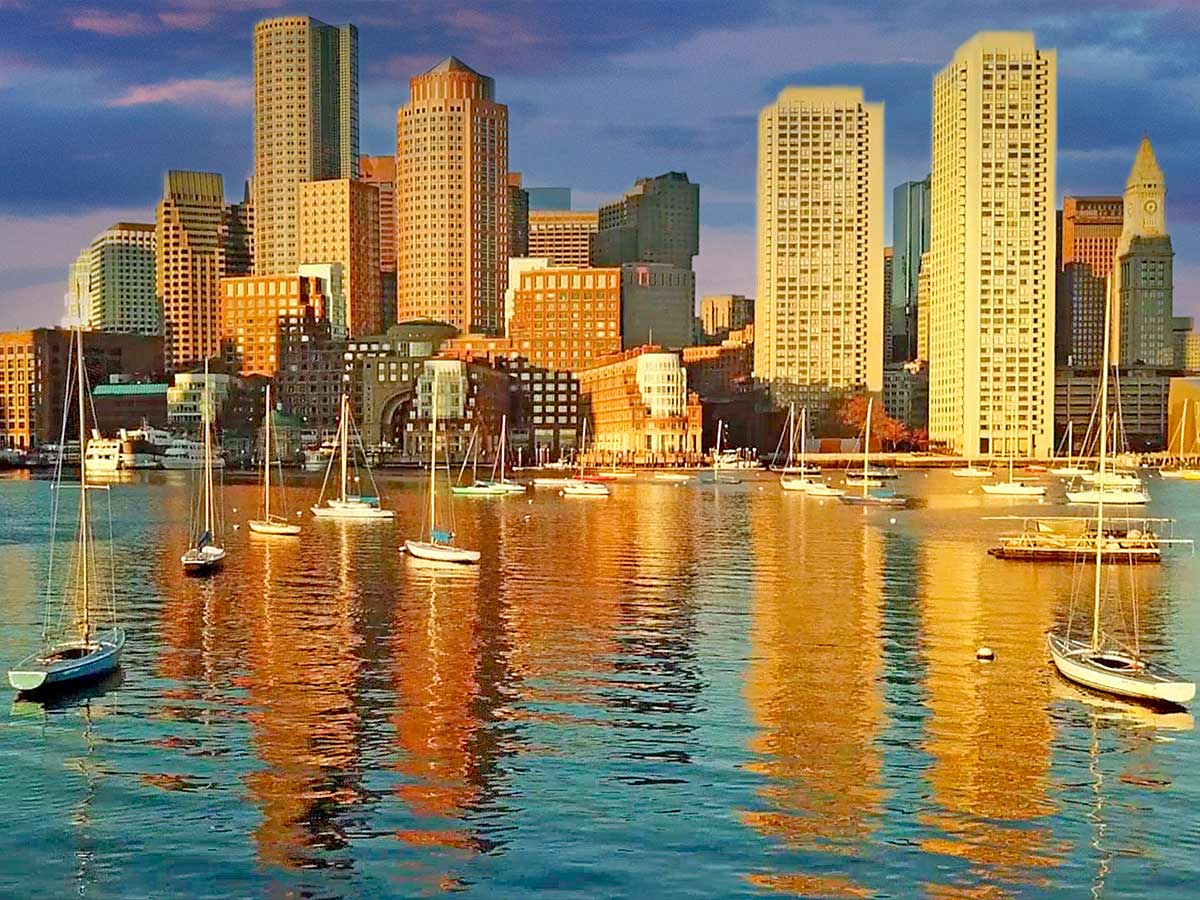
Today, Boston has grown to over 675,000 residents, continuing to be a leader in education, healthcare, and biotech. The Seaport District has fully transformed into a vibrant hub of innovation, with new developments and businesses. Housing affordability remains a significant challenge as demand continues to outpace supply, leading to rising costs and displacement concerns.
The city has made strides in infrastructure and public transit but still faces issues with congestion and inequality. Boston’s cultural scene remains strong, with historic institutions and new ventures coexisting.
Las Vegas Then

In 2004, Las Vegas was booming, driven by its expanding tourism and entertainment industries. The city was rapidly growing, with a population of about 1.6 million in the metropolitan area. Major developments on the Strip, including new mega-resorts like Wynn Las Vegas, were redefining the city’s skyline and attracting record numbers of visitors.
The housing market was also surging, fueled by speculative investments and rapid construction. However, this growth came with challenges, including rising concerns about water resources in the arid region and the long-term sustainability of the city's expansion. Las Vegas was a city riding high on the wave of prosperity, with an uncertain future.
Las Vegas Today

Today, Las Vegas has grown to over 2.3 million in the metropolitan area, continuing to thrive as a global entertainment capital. The city has diversified its economy, with growth in tech, healthcare, and logistics, though tourism remains a key driver.
The Strip has seen the addition of new resorts and entertainment venues, adapting to changing tastes and technologies. The housing market has stabilized after the mid-2000s crash, but affordability remains a concern. Water scarcity and sustainability issues are increasingly urgent, prompting efforts to conserve resources.
 Author
Amy Bearden
Last Updated: December 21, 2025
Author
Amy Bearden
Last Updated: December 21, 2025